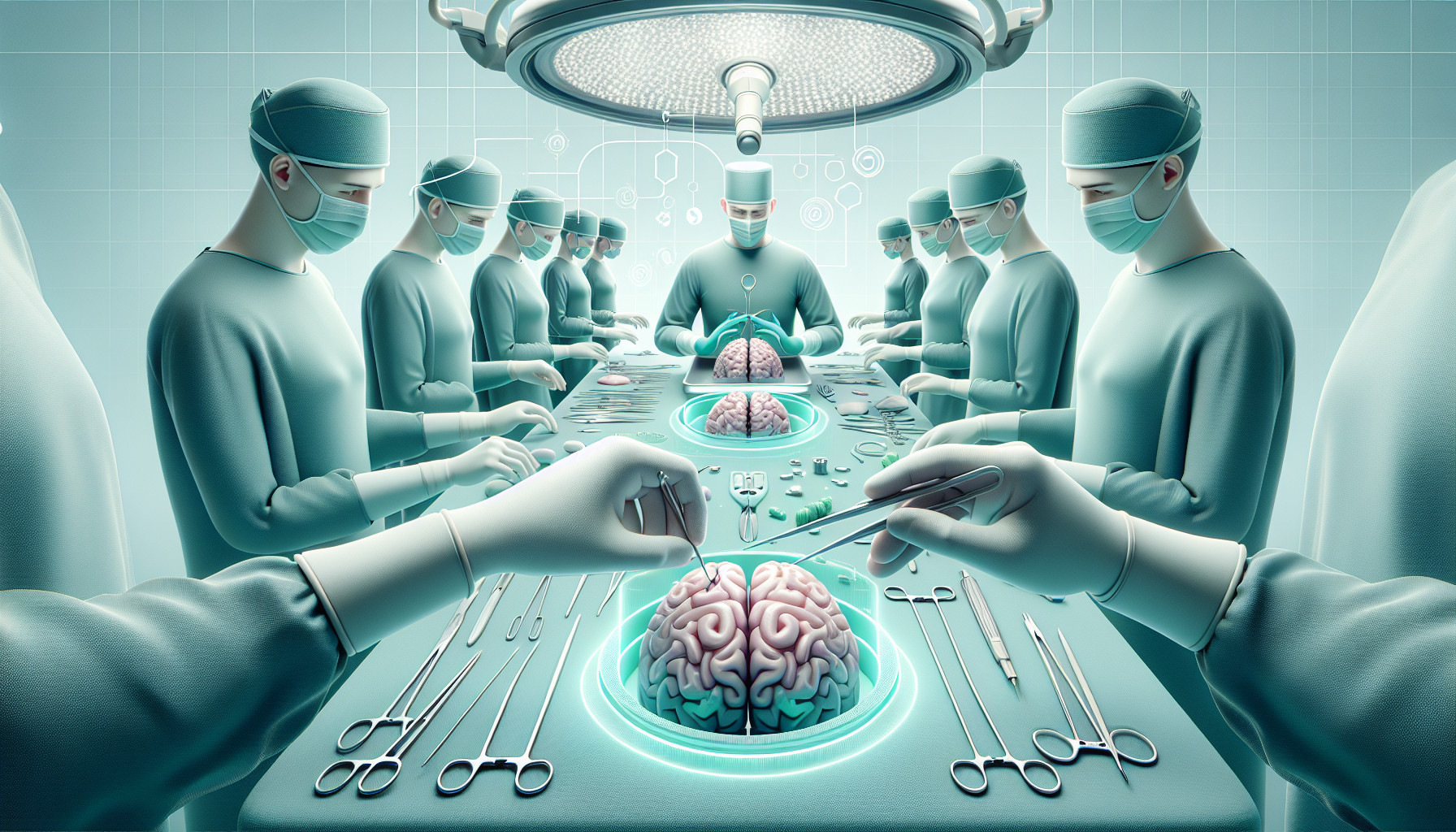Our Summary
Diffusion MRI Tractography is a technology that creates a 3D model of the brain’s white matter, which can be useful for planning surgeries. However, a discussion at the 2024 Tract-Anat Retreat found that while this technology can be very beneficial, it also has some drawbacks. For instance, the ways in which the 3D models are created can be quite varied, which could lead to inconsistencies. Also, the technology sometimes fails to detect certain features, leading to false negatives. Additionally, there can be issues during surgery, such as the brain shifting. In order to make the most of this technology, it was suggested that standardized procedures should be developed, surgeons should receive additional training, and that the technology’s performance should be actively monitored and validated.
FAQs
- What is Diffusion MRI Tractography and how is it used in brain surgeries?
- What are some of the drawbacks associated with the use of Diffusion MRI Tractography in surgical planning?
- What suggestions were made at the 2024 Tract-Anat Retreat to improve the effectiveness of Diffusion MRI Tractography in brain surgery?
Doctor’s Tip
One helpful tip a doctor might tell a patient about brain surgery is to make sure to follow all pre-operative instructions provided by your healthcare team. This may include fasting before surgery, avoiding certain medications, and following any guidelines for physical activity. Following these instructions can help ensure the surgery goes smoothly and reduces the risk of complications.
Suitable For
Patients who are typically recommended for brain surgery include those with conditions such as brain tumors, epilepsy, arteriovenous malformations, traumatic brain injuries, hydrocephalus, and certain types of movement disorders like Parkinson’s disease. These patients may not respond to other forms of treatment or may have conditions that are causing significant impairment or danger to their health. Brain surgery is often considered when the benefits of the surgery outweigh the risks involved.
Timeline
Before brain surgery:
- Consultation with a neurosurgeon to discuss the need for surgery and potential risks and benefits.
- Pre-operative testing, including imaging scans such as MRI or CT scans.
- Preparing for surgery, which may involve fasting and stopping certain medications.
- Admission to the hospital on the day of surgery.
- Anesthesia is administered before the surgery begins.
During and after brain surgery:
- The neurosurgeon performs the surgery to remove a tumor, repair an aneurysm, or treat other conditions.
- The patient is closely monitored in the recovery room after surgery.
- Pain management and medication to prevent infection are provided.
- Physical therapy and rehabilitation may be needed to regain function and strength.
- Follow-up appointments with the neurosurgeon to monitor recovery and address any complications.
- Long-term follow-up to monitor for any recurrence of the condition.
What to Ask Your Doctor
- What specific type of brain surgery is recommended for my condition?
- What are the potential risks and complications associated with the surgery?
- How experienced are you in performing this type of brain surgery?
- What is the expected recovery time and rehabilitation process after the surgery?
- Will I need any additional diagnostic tests or imaging, such as Diffusion MRI Tractography, before the surgery?
- How will the results of the Diffusion MRI Tractography be used to plan and guide the surgery?
- What are the limitations or potential drawbacks of using Diffusion MRI Tractography in my case?
- How will you ensure the accuracy and reliability of the 3D model created by the technology?
- What measures will be taken to address any potential issues or complications that may arise during the surgery, such as brain shifting?
- Are there any alternative treatments or surgical approaches that could be considered in my case?
Reference
Authors: Vergani F, Sarubbo S, Yang JY. Journal: Brain Struct Funct. 2025 Jun 3;230(5):81. doi: 10.1007/s00429-025-02948-y. PMID: 40459614
